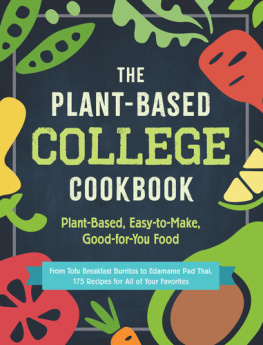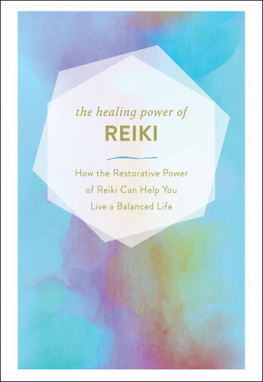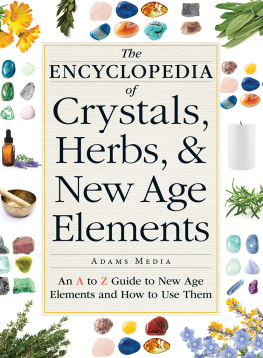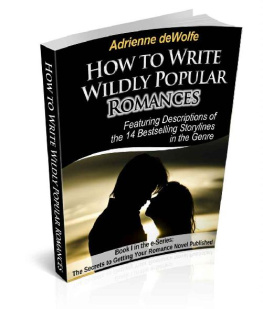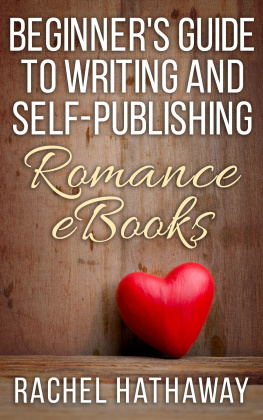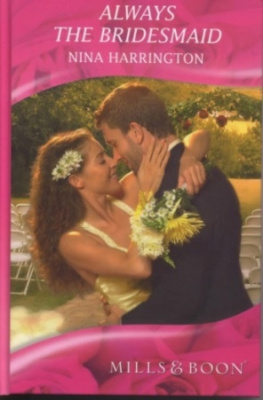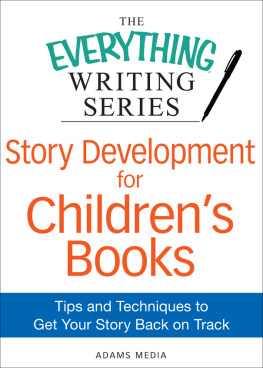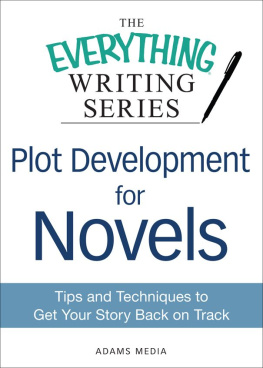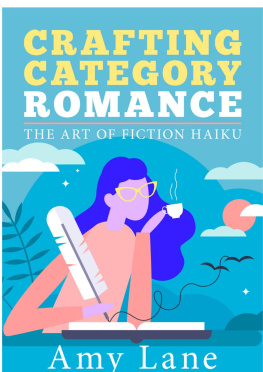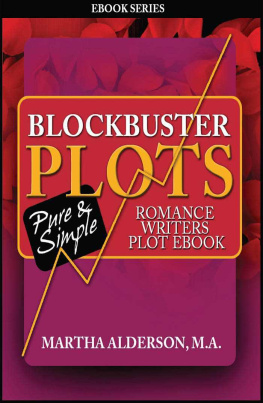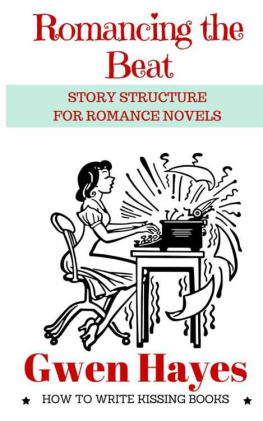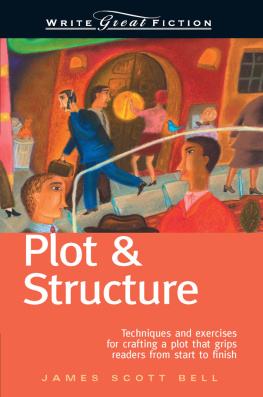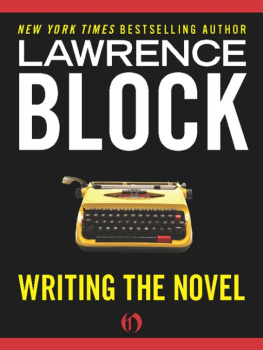The Everything Writing Series
Plot Development for Romance Novels
Tips and Techniques to Get Your Story Back on Track
Adams Media, a division of F+W Media, Inc.
Avon, Massachusetts
Contents
Introduction
For more than 10 years, millions of readers have trusted the bestselling Everything series for expert advice and important information on writing topics ranging from plot and scenes to characters and dialogue. Packed with the most recent, up-to-date data, these Everything writing books help you get over your writers block, develop the story that you want, and create a book that you can publish.
The Everything Writing Series books are concise guides, focusing on only the essential information you need to write the book that youve always dreamed of. Whether youre looking for an overview of storyboarding, advice on starting a first draft, or suggestions for revising, theres an Everything writing book for you.
Plot Development for Romance Novels concentrates on helping you create the ideal plot for your romance novel. From the basic structure to the incorporation of a subplot and secondary characters, Plot Development for Romance Novels is a great quick reference to make sure your story becomes as sexy and thrilling as it can be.
If youd like to learn more about writing romance novels, check out The Everything Guide to Writing a Romance Novel, available in print (978-1-59869-537-3) and eBook (978-1-60550-792-7) formats.
Basic Structure of a Romance Novel
Forget the myth that writing a romance novel is easy. To the contrary, writing a compelling, saleable romance novel is just as difficult as writing any other form of fiction, maybe even more so since the romance market is so highly competitive. To succeed in the genre, youll need to know the fundamentals of good novel writing how to create hooks and plot points that grab your readers attention. Then youll need to know how to make your romance stand out from the crowd.
What Makes a Romance a Romance?
So, what makes a romance a romance? A romance novel requires two basic components: a central love story and a Happily Ever After (HEA) for the two main characters. But is it that simple? Well, yes. And no.
All forms of popular fiction will likely contain a romance for the main character. The difference, however, between a romance novel and other types of fiction is that the developing romantic relationship will always be front and center in a romance.
Romances are defined by their tone as well as by their focus. Imagine for a moment that you want to write a novel with the following story line:
A few days before an English Lit professor is to present a recently discovered handwritten first draft of a Pulitzer Prizewinning short story by a deceased American author at a literary symposium, the authors only child who also happens to be the professors ex-wife appears on the scene with two bombshells. The first is that their quickie divorce in Costa Rica five years earlier wasnt quite legal. The second is that the manuscript purportedly written by her father is a fraud.
The basic plotline could work as a romance or as a mystery. What determines its type is its focus and tone.
Focus
Focus refers to the emphasis you place on certain details of your novel. For a romance novel, the focus would be on the romantic relationship between your two main characters. After all, romance novels can have a variety of subplots but these books are ultimately about the romance itself.
Alert
One of the biggest challenges facing a new author is in keeping the focus firmly placed on the romantic relationship between the main characters. An easy way to maintain that focus is to restrict your use of subplots to those that support the romantic conflict.
In the example given here, the novel becomes a romance when the focus of the story is placed on the renewed romance between the professor and his ex-wife now, his current wife who wants them to get back together. Tension is heightened with the addition of a deadline the heroine will only have a week or so to win back her hero before the arrival of the new divorce papers. The forged manuscript is relegated to a subplot that supports the romance. Because the hero authenticated the forged manuscript and because the heroine will challenge that authentication once he makes an official announcement at the symposium the potential for conflict in their romantic relationship is high.
Tone
Tone refers to the choice of language that you use to describe the events of your novel. All romance novels, regardless of their type and format, have a unique tone that sets them apart from other types of fiction. More specifically, romance novels inspire an emotional response in their readers, although the specific emotional response can vary. For example, some books may inspire laughter, while others may inspire sadness or fear. All, however, will inspire a sense of awe at the redemptive power of love.
Essential
Because romance readers want to experience every aspect of a romance novel as though it were happening to them, details matter. The key, however, is to filter those details through the eyes of the point-of-view (POV) character.
Remember the English Lit professor who discovers he has a wife and a possible fraudulent manuscript on his hands? Just as the focus on the romantic relationship between the two main characters defines the book as a romance, the novels tone should also establish its genre. This tone is usually set within the books opening lines. Here is the opening for the novel in question:
He still wanted her.
Justin Stone stood in the doorway of his office and stared at the raven-haired woman sitting on top of his desk. With the telephone receiver pressed to one ear, head tilted back, short leather skirt hugging her tanned thighs, she had all the self-consciousness of a cat sunning itself in a warm spot. And he wanted her with an ache of longing that cut straight through to his core, even though he knew such a desire was wrong. She belonged in his past, not in his present. And certainly not in his future.
They had both decided that a long time ago.
(Faye Hughes, Cant Fight the Feeling)
Notice how word choices can convey poignancy, desire, longing, and regret. The specific language used here serves dual purposes. Not only does it establish mood and begin to tell the story of Justin and Morgan, it tells the reader that she is reading a romance novel, as opposed to a mystery or a science fiction novel, by establishing the tone.
Story Arcs
A story arc is the plot of your novel. More specifically, a story arc charts the trajectory of the events of your novel the highs and lows, the conflicts and resolutions. They are called arcs because the path from point A (the beginning) to point B (the ending) is never a straight line. (And what fun would that be if they were?) Conflicts must arise during the course of your novel. Complications, too. Whats more, when one set of conflicts or complications is resolved, a new set must arise to take their place.
Essential
When plotting your romance novel, try using poster board, a black marker, and a stack of sticky notes. Draw squares for each chapter of your book on the poster board. Write down an element of your story arc on one of the sticky notes such as first kiss and place the note inside a square. Move the notes around until you find the right fit.



